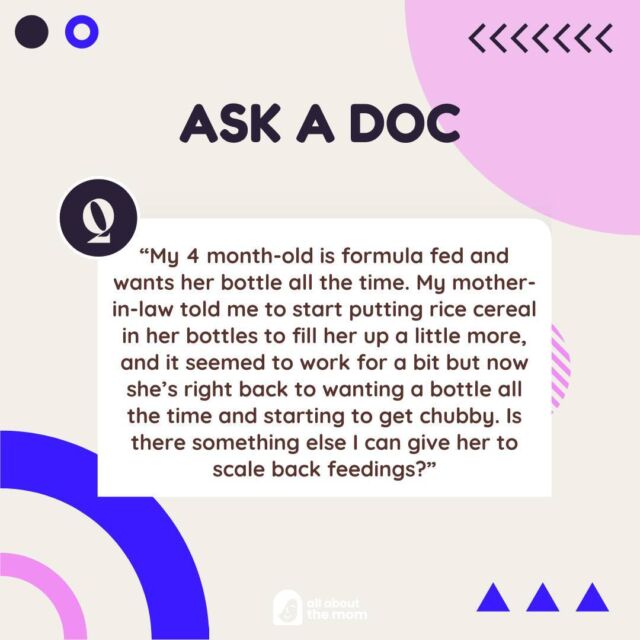If you are like many parents, you may be wondering, “What is occupational therapy?” and “how can it help my child?” Occupational therapy (OT) is perhaps a very unhelpful term for an incredibly helpful profession. Let’s take a very brief look at the history of OT to better understand why, and for whom, it exists.
What does occupational therapy have to do with WWI?
The field of occupational therapy emerged in the early 1900s as a way to help rehabilitate injured and traumatized soldiers in World War I. The nurses and aides in the field hospitals discovered that the best treatment for soldiers’ mental and physical well-being was to engage them in arts and crafts. It gave them a reason to sit up, engage with others, and use their hands. It also created (or recreated) for the wounded soldier a sense of purpose. Thus, a tradition of using purposeful activity as an effective therapy was born, and with it the field of occupational therapy. OTs have since become experts in all of the skills that were once required to participate in arts and crafts: posture, strength, coordination and dexterity, visual skills, sensory processing (detecting and interpreting sensation) and executive functions (attention, memory, planning, organizing, etc.)
Occupational therapy is not just for people who have jobs?
In the field of occupational therapy, the word “occupation” refers to any meaningful activity in which a person engages. Occupational therapy is therapy that helps people to engage in the “occupations” (activities) that are most important to them. For children, the primary occupation is PLAY. However, there are many other occupations in which children participate daily, such as self-care (eating, sleeping, toileting), being a student (writing, reading, following directions) and being a friend (social skills, language, self-regulation.)
What is hindering your child?
In schools, OTs tend to focus on motor skills, visual-perceptual skills, self-help skills and sensory-processing skills. During a special education evaluation, the OT’s job is to find out which, if any, of these skills are lagging and prevent the child from fully accessing school-related activities. If the child is having trouble with writing (for instance), the OT can investigate whether it is due to a fine-motor delay (difficulty using the fingers), a visual processing problem (difficulty with correctly interpreting what he sees), a sensory processing difference (too much or too little sensory feedback), or something else entirely.
Immediate results and a feeling of accomplishment!
If your child is found through special education evaluation to have difficulties accessing any school-related activities (including academic, social, play/leisure, and self-care parts of the school day) your child’s school OT may be an important part of the team working to close the gaps. The first priority of the OT will be to make any changes to the child’s environment that will increase independence and engagement during the activity. In the example of a writing delay, that could include changing the seat, providing a different pencil, or using alternative paper. These are changes (“modifications”) that will help the child see immediate results and increase the feeling of accomplishment. The second step (almost as important as the first) is to increase the child’s skill. This one can take some time.
When and how to refer your child.
Should you refer your child for occupational therapy evaluation through the school? If they are struggling with school skills, yes! An evaluation through the school is your right. If you ask for it, the school is obligated to provide it. And it does not cost you anything. Whether your child will qualify for school-based OT is a different issue. If your child demonstrates a substantial delay in fine-motor, visual-perception, self-regulation, or self-care, and it is negatively affecting their access to the curriculum, there is a good chance your child will qualify. Start by sending an email to your child’s teacher or principal requesting an evaluation in writing. They will direct you to the right person to speak to in your district and get the ball rolling for you.
What if my child does not qualify for school OT?
It happens often that children with more subtle differences or delays do not get picked up for school OT. This is because schools have strict criteria that a child needs to meet in order for them to qualify for school-based services. Remember, the government pays for these and funding is limited. If your child does not qualify for school OT it does not mean that they wouldn’t benefit from occupational therapy. If you feel strongly that there are barriers preventing your child from fully participating in their “occupations,” trust your gut. Seek a private evaluation or consultation, and don’t give up. You, the parent, are the expert in your child.
About the Author

Rebecca Erwin, OTR/L
Co-Owner, Executive Director
The Lark Center
Rebecca is an occupational therapist and co-founder of The Lark Center for therapeutic play and learning in Norwood MA. She also works in a Dedham area preschool. She specializes in sensory processing, feeding therapy, and early motor development. Rebecca received her Masters in Occupational Therapy from Tufts University in 2015 after having a previous career in the performing arts.
Rebecca’s has a husband, 3 children, 2 cats and a love of fun. She brings play and leisure (complete with singing, silly voices, and funny faces) into all her therapeutic pursuits. When she is not at The Lark Center or in a preschool classroom, she can be found doing puzzles, playing board games, baking treats, making arts and crafts, listening to audiobooks, or snuggling with her kids.
















